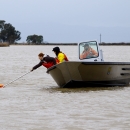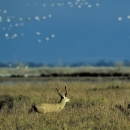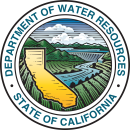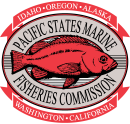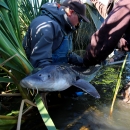About CAMP
The Comprehensive Assessment & Monitoring Program (CAMP) authorized by Section 3406 (b) (16) of the Central Valley Project Improvement Act to “…monitor fish and wildlife resources in the Central Valley to assess the biological results and effectiveness of actions implemented pursuant to subsection [3406(b)]”. The goals of CAMP are to assess the overall effectiveness of habitat restoration activities under CVPIA.
CAMP Objectives
1. Assess the progress made in achieving the AFRP’s fish production targets.
2. Assess the effectiveness of four types of restoration categories that include water management modifications, structural modifications, habitat restoration, and fish screens.
3. Establish a data management program to manage CVPIA data as a resource available to all interested parties, provide training in data management, ensure compliance with relevant federal laws and regulations, and to ensure the effective and economical management of the resource.
CAMP Focus Areas
The particular water drainage areas in California that produce anadromous fish and are of interest to CAMP include: the Pacific Ocean, San Francisco Bay/ Sacramento - San Joaquin River Delta, Suisun Bay, San Pablo Bay, American River, Battle Creek, Big Chico Creek, Butte Creek, Clear Creek, Deer Creek, Feather River, Merced River, Mill Creek, Mokelumne River, the mainstem of the Sacramento River, San Joaquin River, Stanislaus River, Tuolumne River, and Yuba River.

